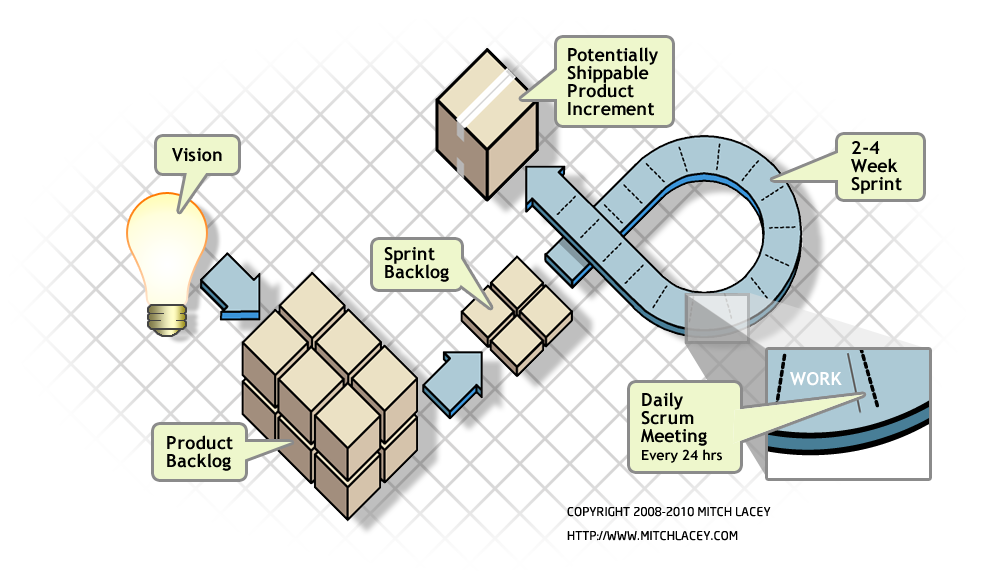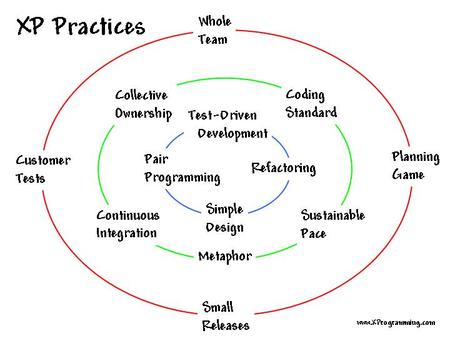Sprints in Scrum
Scrum teams work in two-to-four-week cycles called sprints. During each sprint, teams plan, deliver, and review a small chunk of the product (as well as inspect and adapt the way they work together). The output of each Sprint is an increment of functionality.

Potentially Releasable & Scrum
Each chunk of work, or increment, must be potentially releasable, meaning if the project ended today, the increment could be released, as is. Creating potentially releasable product increments is a new concept for those who are used to done meaning ready to handoff to the next phase of development, whether that is testing, documentation, or something else. But it’s one of the most important aspects of any agile process.
Teams new to Scrum often struggle to reach potentially releasable state, partly because Scrum leaves it up to them as to how to accomplish that goal. Many Scrum teams fill this gap with engineering practices, especially those found in Extreme Programming (XP). XP offers teams tools such as continuous integration, test driven development and pair programming and reinforces concepts such as sustainable pace.

You might also want to read the blog Breaking the Rules of Agile–Working Overtime on one of the myths about sustainable pace—that agile teams can never work overtime.